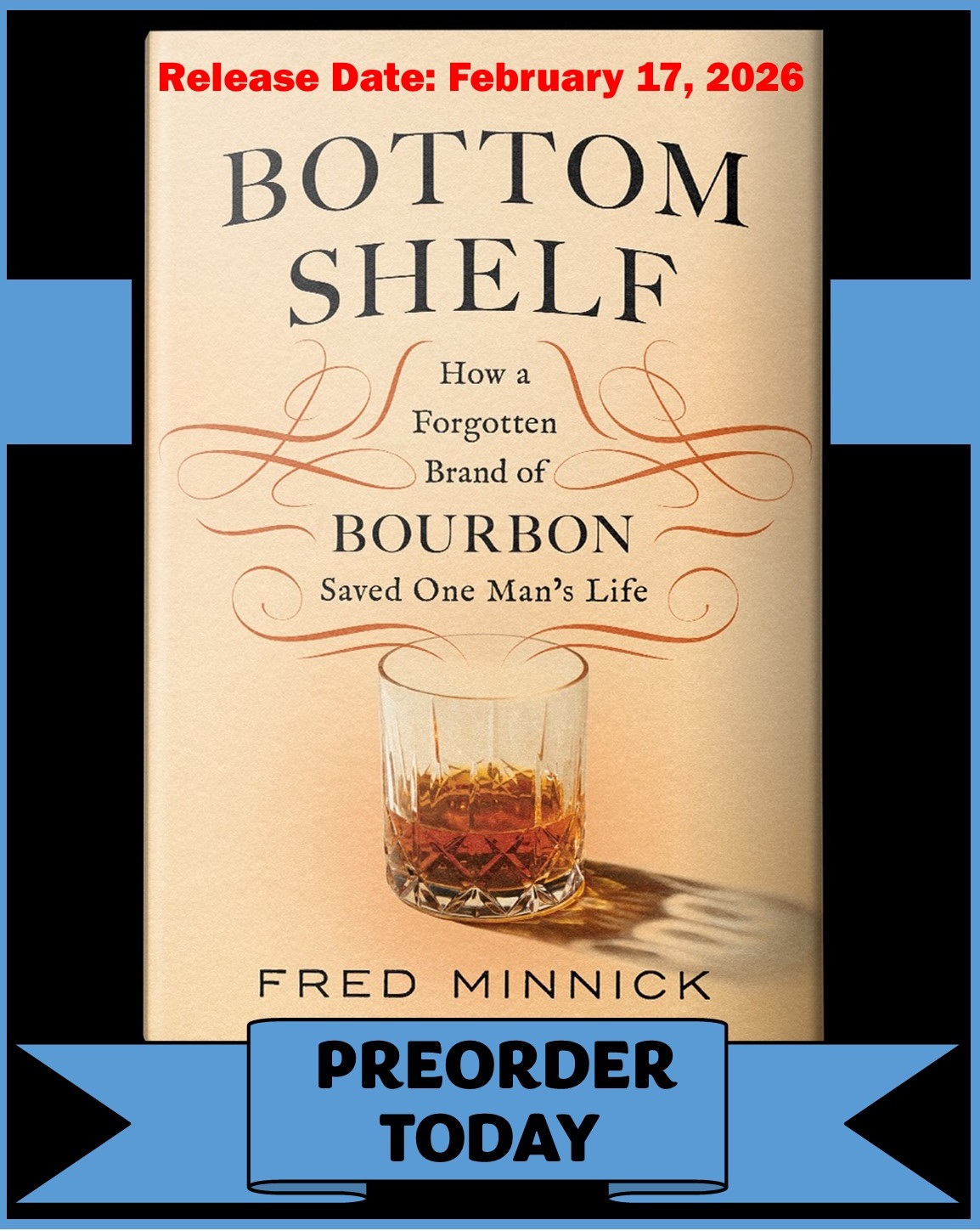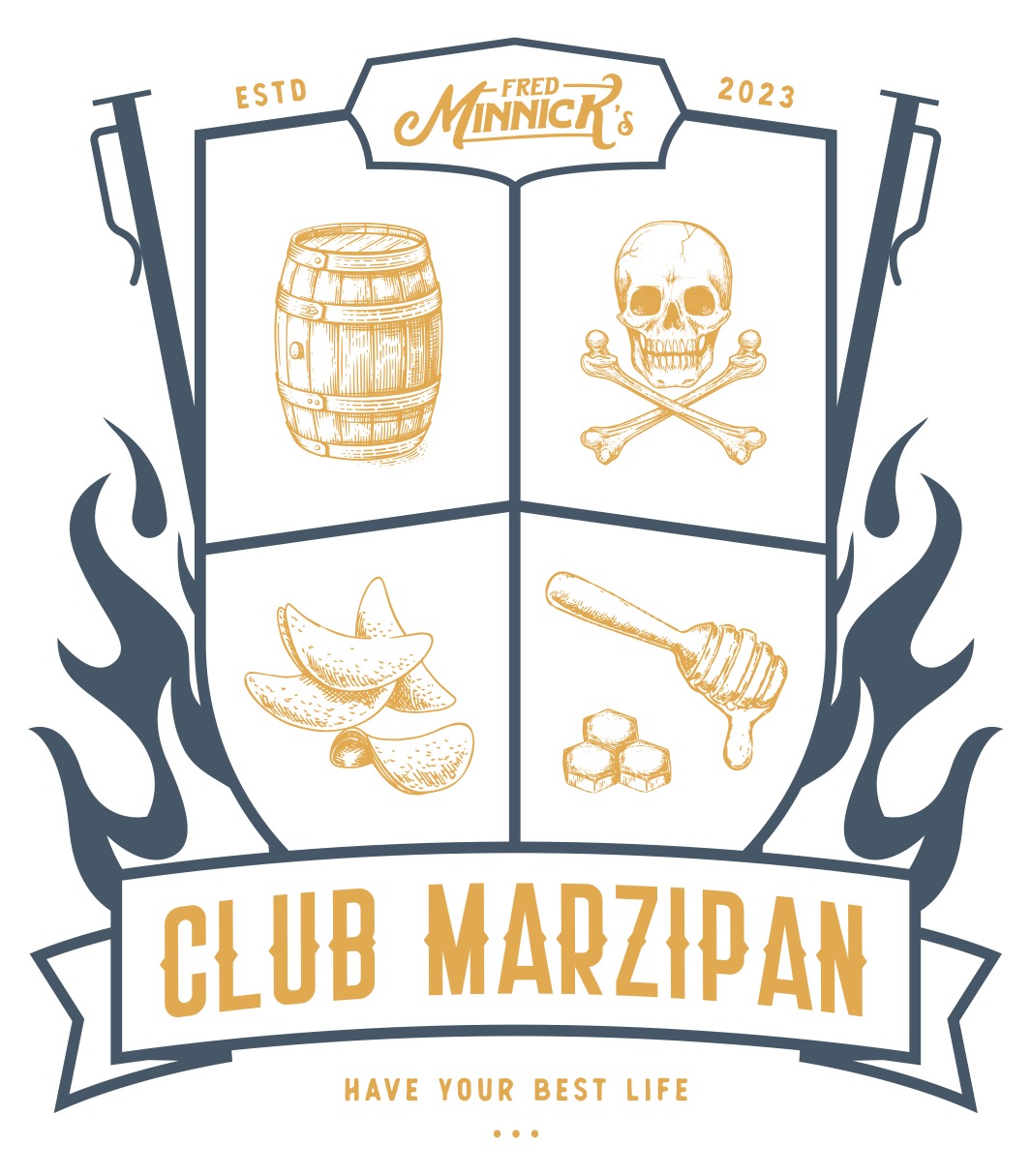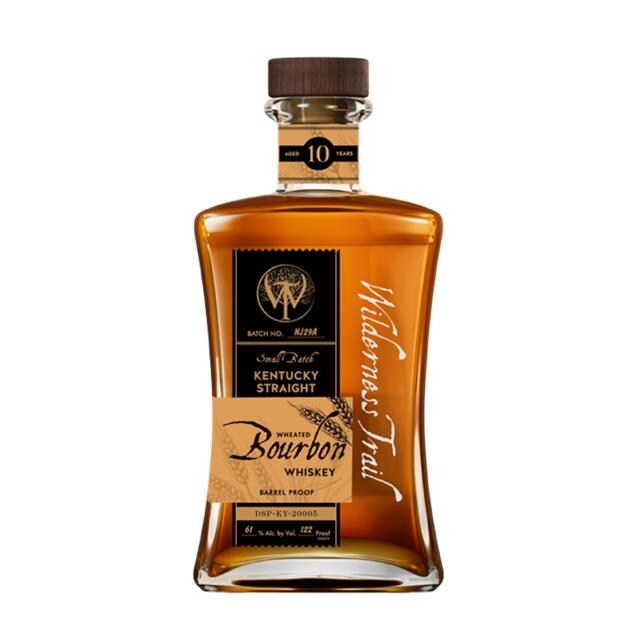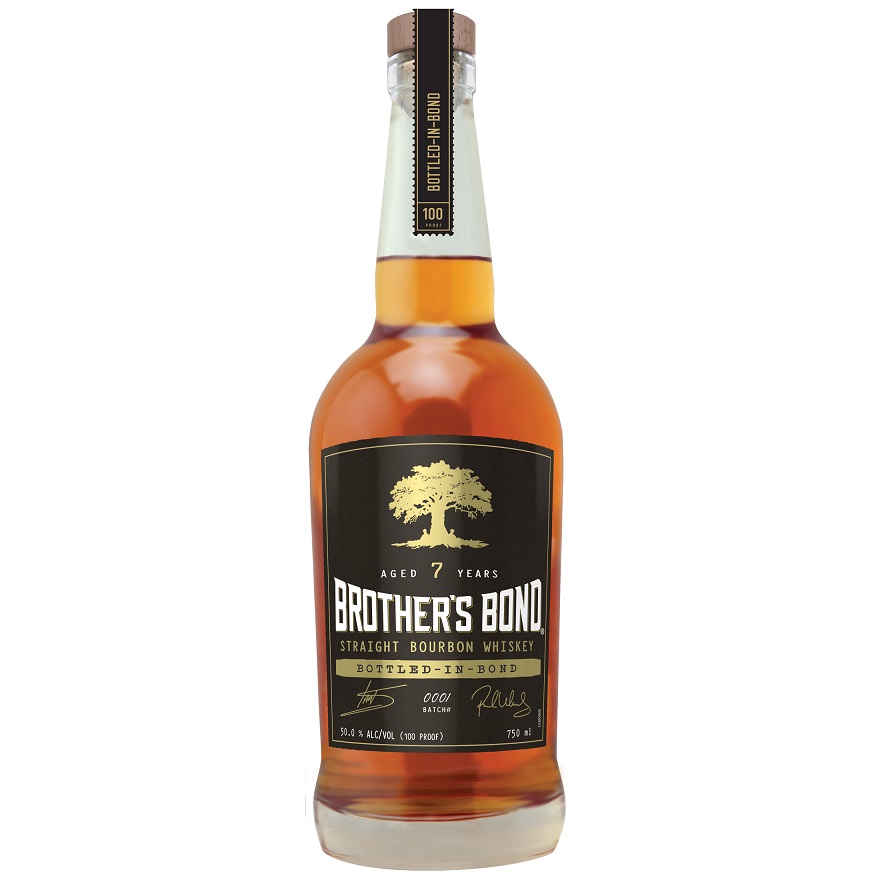Mike Veach: The Evolution of Bourbon Tourism
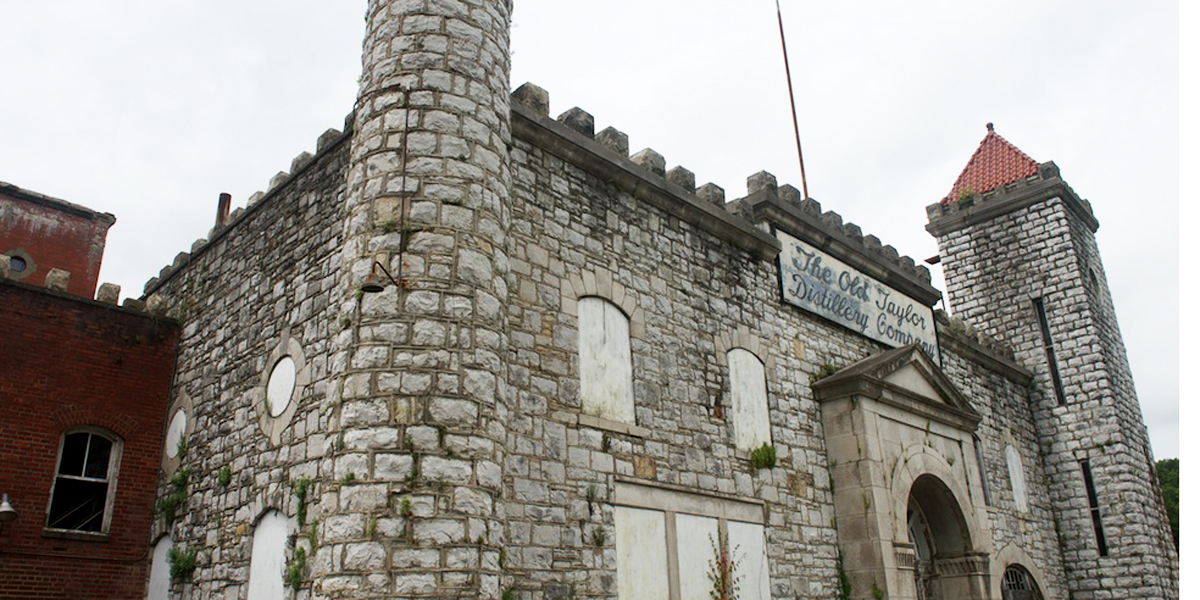
I am writing my fifth book (due soon!) and taking a blog break, but will be including guest posts from friends. It brings me great joy to offer a post from my good friend and fellow bourbon author Mike Veach, who is now consulting for brands such as Michter’s and Diageo. Veach, member of the Bourbon Hall of Fame, wrote the former Amazon book-of-the month Kentucky Bourbon Whiskey: An American Heritage and recently released The Bourbon Tasting Notebook written with Susan Reigler.
by Mike Veach, Guest Contributor
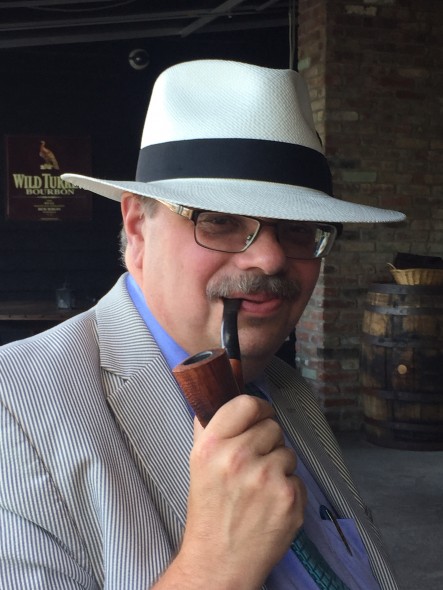
In the past 20 years, bourbon tourism has become a major economic factor for Kentucky. It helps to promote bourbon brands and brings a huge number of out-of-state visitors to Louisville. But it might come to a surprise to you that bourbon tourism is not new and has deep roots in the past. It all starts at the end of the American Civil War.
At the end of the war, Edmund Haynes Taylor Jr. becomes the junior partner in the firm Gaines, Berry and Co. that had just purchased the Old Crow brand. They wanted to build a distillery to support the brand but they wanted to do it right. The brand had the respect in the market that meant it had to be distilled in a modern distillery using the best methods possible. Taylor was sent overseas to study distilling methods in Great Britain, Germany, France, Italy and Spain to advise how to build a new facility at the new Old Crow distillery. One of Taylor’s ideas was a tourist attraction.
In 1870, Taylor purchased a distillery and starts to rebuild it with not only modern methods in mind, but also as a place people will want to visit. He called the distillery “OFC” for “Old Fashioned Copper” but the distillery, known today as Buffalo Trace, was anything but old fashioned. The buildings were attractive brick with attention paid to the small details to make them appealing. The distillery was kept clean and visitors were encouraged to see the shiny pot stills and small tubs. Financial difficulties caused Taylor to lose control of the OFC distillery in the late 1870s; and by the mid-1880s, he has moved on to another distillery. He would spend the next twenty years transforming the Old Taylor distillery into a castle complete with a sunken garden and spring house. The distillery would welcome visitors and played host for many events in the community as well as for the company.
Taylor was not the only distiller to grasp the advertising value of bourbon tourism in the 19th century. When the Grand Army of the Republic held their annual encampment in the city of Louisville in 1895, the city doubled in size as over 100,000 GAR veterans came to the city for a week in September. Isaac Wolfe Bernheim and other Louisville distillers saw this as an opportunity to bring peopleto the distillery to learn about their brands and how they were made. Bernheim gave every visitor a 1/10 pint bottle of I W Harper and offered for sale ¼ pint and ½ pint “canteen” flasks with “IW Harper” and “GAR” on the flask to take home with them. This was more of taking advantage of the opportunity than planned Bourbon tourism like Taylor was doing, but it was showing the value of the concept to the distillers.
The Prohibition movement kept the concept of bourbon tourism from developing in the first two decades of the 20th century. When prohibition is inflicted upon the nation in 1920, it kills the concept completely for over three decades.
When prohibition is repealed in 1933, the distilleries have enough to deal with in just getting their business started in the middle of the Great Depression. The Second World War also slowed the concept of bourbon tourism.
It is not until the mid-1950s that T. W. Samuels buys a distillery and rebuilds it with the idea of attracting visitors to the site that Bourbon tourism really is reborn in Kentucky. Maker’s Mark was a small distillery in Loretto , Ky. that was attracting visitors to an area not know for tourism. Other distilleries had visitors and would give tours, but no other distillery was set up to actually attract visitors for tours of the distillery. Even the Old Taylor distillery, now owned by National Distillers was not actively courting tourism like Maker’s Mark. Even so, the tourism concept took hold and the likes of Wild Turkey offered tours and built visitor centers.
Oscar Getz turned his whiskey memorabilia collection into a museum at his Barton Distillery in the 1960s. The distilleries were beginning to get the concept of bourbon tourism into their mind set, but it was slow to grow because of the decline of sales through the late 1960s and into the 1980s.
What created the modern bourbon tourism growth was the Kentucky Bourbon Festival. The festival brought tourists to Bardstown and that led to the growth of distillery tours and visitors center, but not for the reasons most people think. The fact is there were people coming to the “Bourbon Festival” expecting to learn more about Bourbon and their favorite brands. When they arrived, they learned the town’s concept of a festival was the Catholic picnic concept and did very little to actually teach the festival attendee about Bourbon other than the distilleries paid for the bands and you could get Bourbon at the beer garden. They would visit the Oscar Getz museum, which became an independent museum at the death of Oscar in the early 1980s, and then say “What next?’ They usually decided that if they could not learn about bourbon at the Bourbon Festival, then they would head out to the distilleries themselves and ask for tours. Some were already set up for tours and most had a “visitor’s center” with a t-shirt or a shot glass with their favorite brand on it, but they quickly found out the consumer wanted more. Tours were refined and made better and visitors center were expanded with even more items available. The distilleries even had Kentucky law changed to sell bourbon at the gift shops. Bourbon tourism was finally a growing reality.
Bourbon tourism took a while to reach fruition in Kentucky. It was slowed by prohibition and economic downturn, but it has finally reached a point of economic growth that is a benefit to the distillers and to the state of Kentucky.
Follow Mike Veach on Twitter and his blog.



